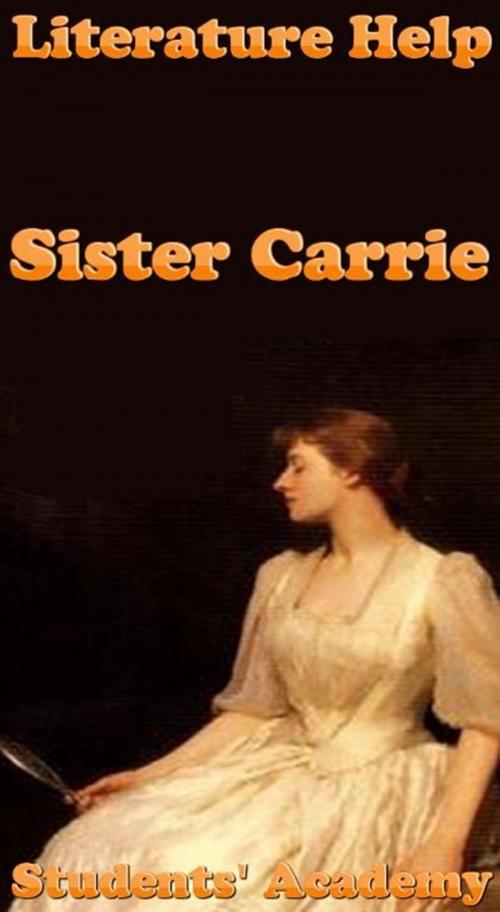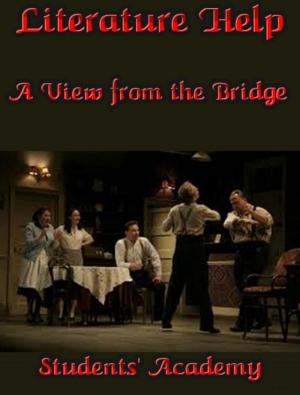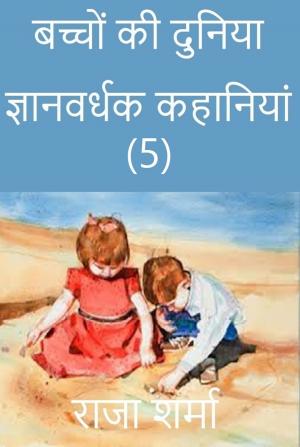Literature Help: Sister Carrie
Nonfiction, Reference & Language, Study Aids, Fiction & Literature, Contemporary Women| Author: | Students' Academy | ISBN: | 9781310993855 |
| Publisher: | Raja Sharma | Publication: | January 22, 2015 |
| Imprint: | Smashwords Edition | Language: | English |
| Author: | Students' Academy |
| ISBN: | 9781310993855 |
| Publisher: | Raja Sharma |
| Publication: | January 22, 2015 |
| Imprint: | Smashwords Edition |
| Language: | English |
“Sister Carrie” by Theodore Dreiser was first published in 1900. The novel is about a young country girl who comes from the country and moves to the big city.
Having reached the city, she begins realizing her own American Dream. She initially becomes a mistress to men and she thinks that it is superior. However, she later becomes a very famous actress.
When the book was first published there were several questions raised against its content, particularly about the depiction of sexual relations and illicit relationships, however, with the passage of time people began to realize the realism and naturalism present in the novel. Consequently, the book began to gain popularity and acceptability.
Literature Help: Sister Carrie
Copyright
Chapter One: Introduction
Chapter Two: Plot Overview
Chapter Three: Major Characters
Chapter Four: Complete Summary
Chapter Five: Critical Analysis
“Sister Carrie” by Theodore Dreiser was first published in 1900. The novel is about a young country girl who comes from the country and moves to the big city.
Having reached the city, she begins realizing her own American Dream. She initially becomes a mistress to men and she thinks that it is superior. However, she later becomes a very famous actress.
When the book was first published there were several questions raised against its content, particularly about the depiction of sexual relations and illicit relationships, however, with the passage of time people began to realize the realism and naturalism present in the novel. Consequently, the book began to gain popularity and acceptability.
Literature Help: Sister Carrie
Copyright
Chapter One: Introduction
Chapter Two: Plot Overview
Chapter Three: Major Characters
Chapter Four: Complete Summary
Chapter Five: Critical Analysis















